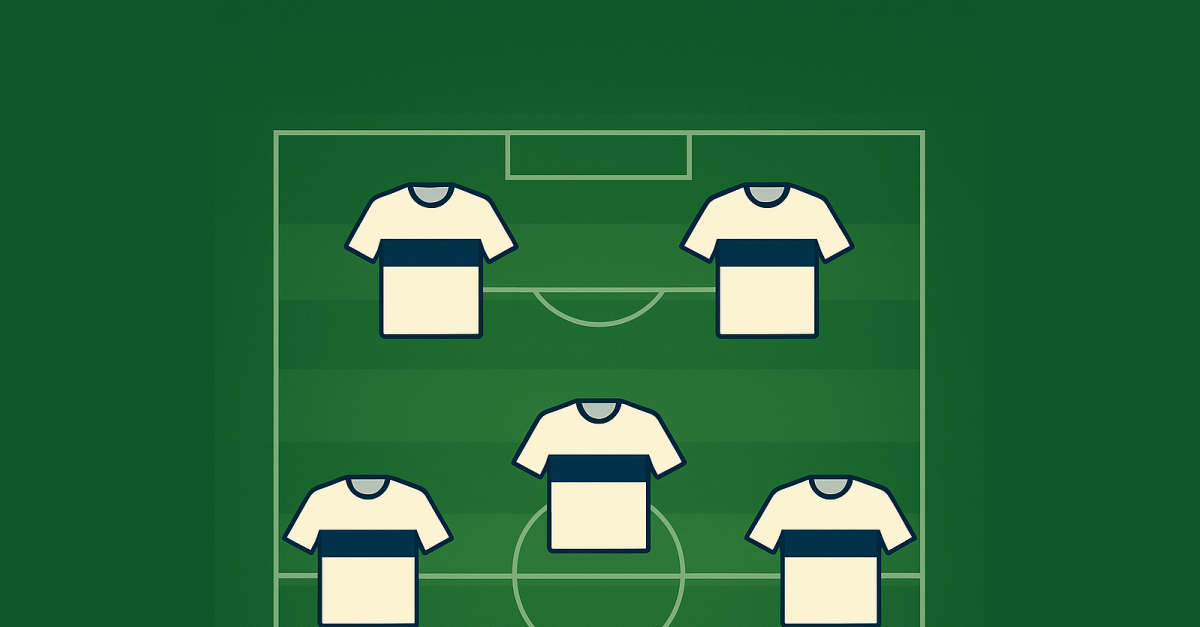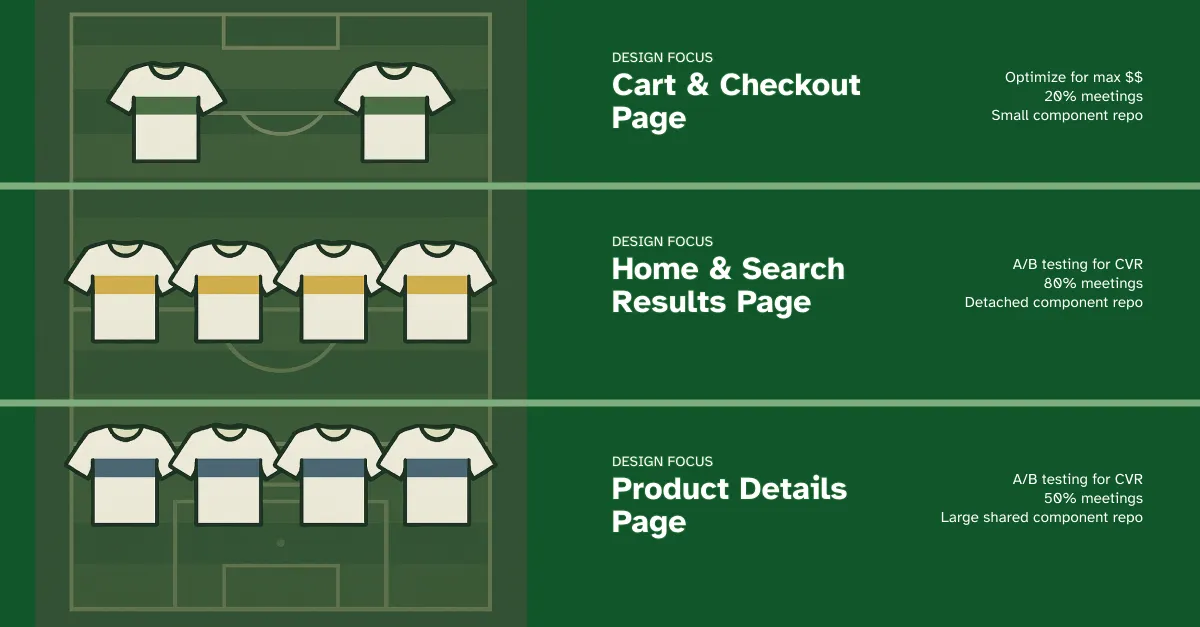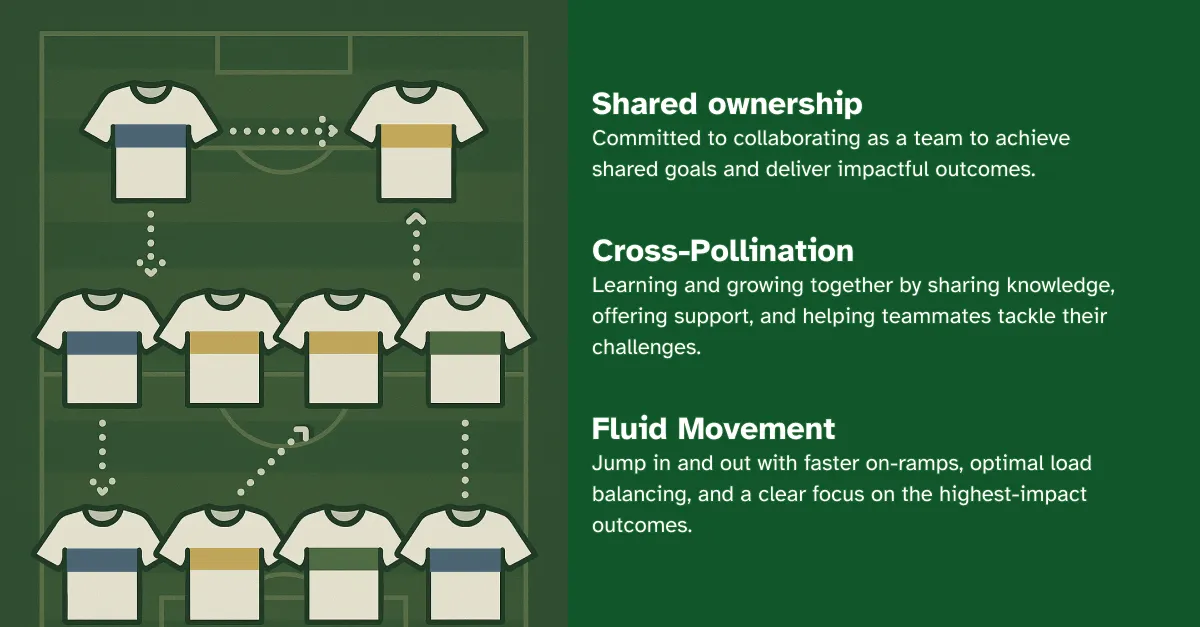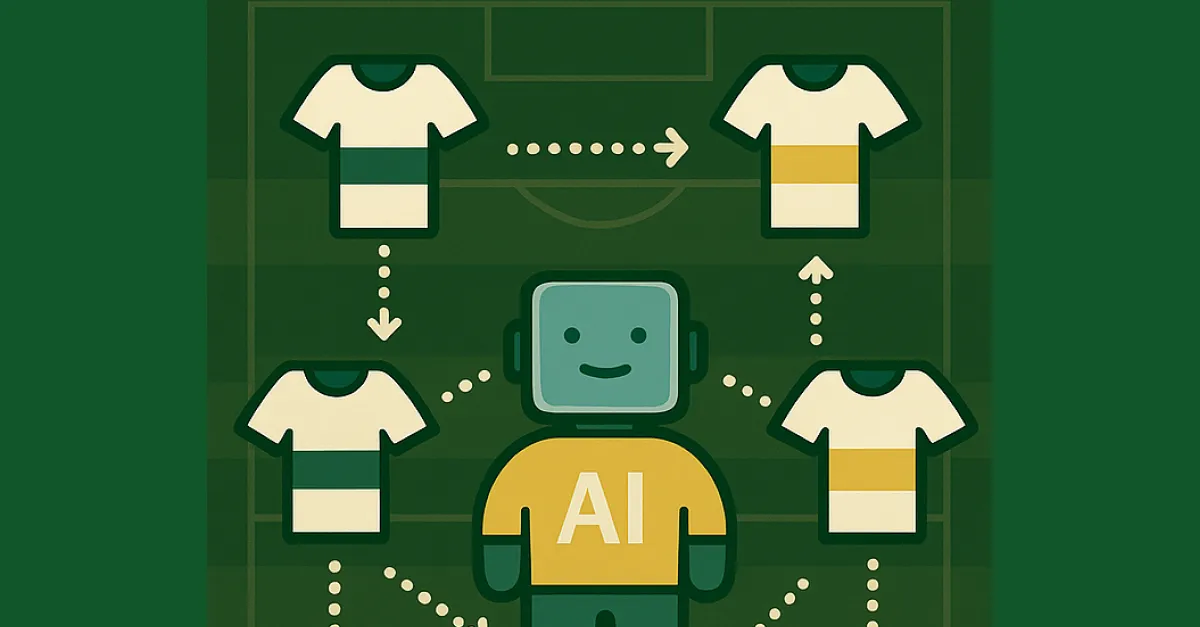
The Total UX Team
The problem with designers in siloed verticals
Traditional UX design often operates in silos. Designers are assigned to specific verticals or pages, becoming specialized in one small area of the product. This structure can lead to several issues:
Knowledge Gaps:
Siloed teams often reinvent the wheel. Lessons learned in one area don’t easily transfer to others, resulting in duplicated efforts and missed opportunities for reuse or alignment.
Reduced Agility:
When each designer is tied to a specific vertical, shifting priorities can create bottlenecks. Teams lose the ability to quickly reallocate resources, slowing down progress and responsiveness to change.
Limited Growth:
Designers stuck in narrow scopes—like endless A/B tests or UI tweaks—often feel their creativity stagnate. Without new challenges, professional growth slows, and motivation dips.
Tunnel Vision:
When focused on a single slice of the product, designers miss the bigger picture. This isolation makes it harder to understand how their work fits into the full user journey—or impacts adjacent experiences.
Burnout:
Repetition without variation can wear anyone down. Working in silos not only limits excitement but also erodes long-term engagement and satisfaction.

The Total “Football” Team Paradigm
It’s fascinating how real-world systems can mirror effective team dynamics! While reflecting on my own UX team’s structure, I recently discovered a striking parallel with “Total Football”, the revolutionary approach of the Dutch national team in the 1970s.
For years, my teams have operated with a fluid, adaptive structure, much like the players, playing in the “Total Football” system. Designers seamlessly move between projects and tasks, unrestricted by rigid specializations. It’s been our natural mode of operation, and it’s yielded some fantastic results.
Here’s how we do it:
Shared Ownership:
Our team operates as one unit, starting with a shared intake process where we groom, discuss, and prioritize work together. Everyone has visibility and shared context. Rather than assigning work by product vertical, we trust each other’s versatility—anyone can pick up any task. This collective responsibility ensures we stay aligned and agile, focused on the team’s goals over individual lanes.
Collaboration:
Daily stand-ups bring designers together across pods to share progress, blockers, and fresh learnings. These brief syncs often spark spontaneous support, mentorship, or problem-solving across the team. Weekly feedback sessions double as open design reviews—giving us space to zoom out, reflect as a team, and collectively shape the quality of our work. Collaboration isn’t a ritual—it’s how we operate.
Fluid Movement:
We encourage designers to move between initiatives—from onboarding to growth to product detail—not just to support work, but to grow as a team. This rotation brings in fresh thinking, prevents tunnel vision, and ensures no one is boxed in. Designers self-select based on interest, bandwidth, and learning goals—keeping our team balanced, resilient, and continuously evolving together
Together, this “Pod” or “Total Football” system helps us move as a cohesive, high-trust unit. It breaks down silos, promotes cross-domain understanding, and leads to stronger collaboration—and better user experiences.
Example: UX Pod
Your AI-Powered SME
The rise of AI is redefining how we access design expertise. Instead of relying solely on embedded subject matter experts (SMEs), designers can now tap into AI to surface on-demand insights—whether it’s past experiments, user research highlights, or behavioral patterns. This reinforces a key benefit of the Total Football model: designers don’t need to be long-term specialists to make smart, strategic decisions—they just need timely access to the right context.
User Research
All research—usability tests, interviews, surveys—is centralized and ready to query. Designers (or AI copilots) can instantly surface the insights a traditional SME would bring, making it easier to onboard or jump into a project midstream.
Use Cases
Critical user flows, edge cases, and tricky exceptions are all documented and searchable. No more “tribal knowledge”—now everyone can design with full visibility, ensuring consistency and coverage across the experience.

In today’s fast-moving environment, UX teams must be agile and collaborative. The “Total Football” model breaks down silos, promotes shared ownership, and empowers designers to solve real user problems together—driving better outcomes through continuous learning.
Audio
Learn more
Want to collaborate on building your “Total Design Team”?
Reach out over LinkedIn
Rahul Rahate